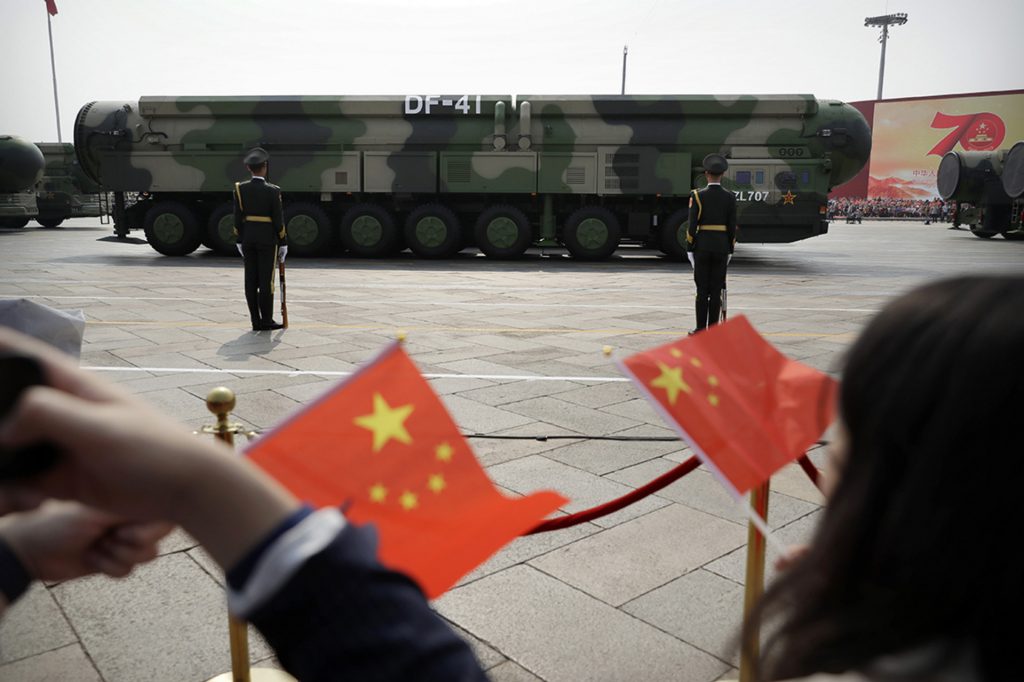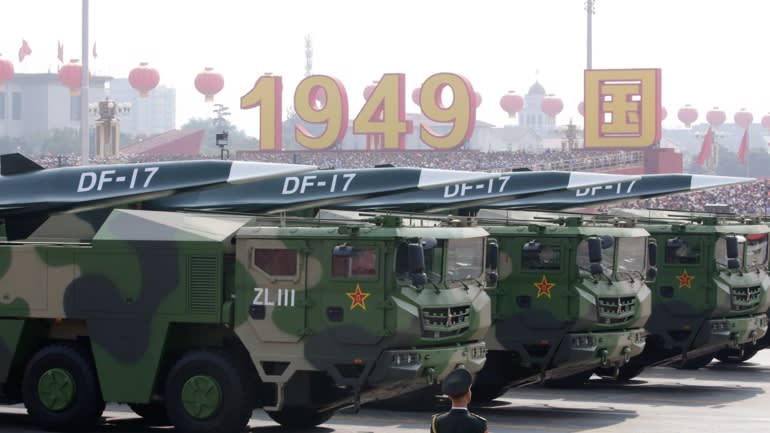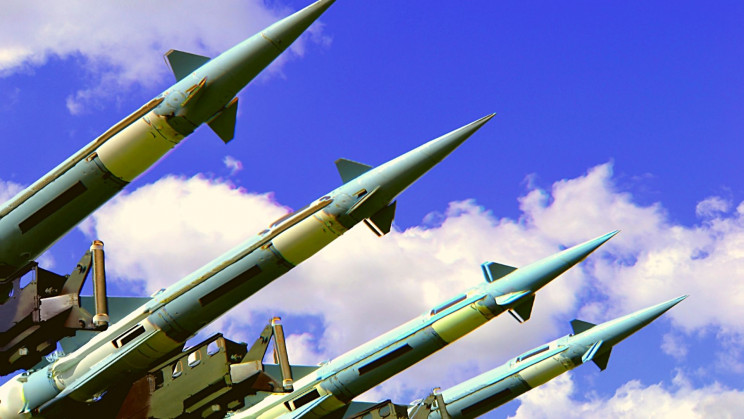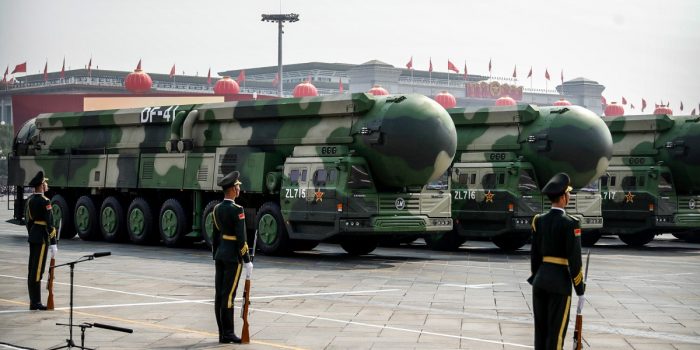China is on track to quintuple its nuclear arsenal by 2030 to at least 1,000 warheads, the Pentagon said Wednesday in its annual report on Beijing’s military power according to an initial report by Nikkei Asia, markedly upgrading last year’s assessment. The new assessment comes amid fresh warnings of Beijing’s intentions toward Taiwan and new tests of nuclear-capable hypersonic missiles.
The People’s Liberation Army’s improving space and cyber capabilities are highlighted in this year’s release of “Military and Security Developments Involving the People’s Republic of China.”
“The PLA has fielded, and is further developing, capabilities to provide options for the PRC to attempt to dissuade, deter, or, if ordered, defeat third-party intervention during a large-scale, theater campaign such as a Taiwan contingency,” the 2021 report reads.

According to a report released last year, China’s nuclear forces will double by 2030, bringing its total stockpile of 200 to 400 warheads. However, during the Tuesday briefing, a senior defense official stated that Beijing was speeding up the development of its missiles and delivery systems, necessitating a revision to the estimate.
The United States had 3,750 nuclear warheads as of September 2020, but the New Strategic Arms Reduction Treaty with Russia limited the number of nuclear warheads Washington could use to 1,550. China, which is not a signatory to the Russian-US agreement, is predicted to reach this limit.

Commercial satellite images taken earlier this year demonstrate the construction of new nuclear missile silo fields in western China, demonstrating the country’s ability to launch nuclear weapons from a variety of platforms and the development of new nuclear-capable bombers and submarines. This implies that China’s weapon platforms could evade western missile defense systems, demoralizing Washington from interfering in any conflict in the Taiwan Strait or the South China Sea.
According to the report, China may have established a “nascent ‘nuclear triad,'” with air-launched and submarine-launched ballistic missiles in addition to its ground-based intercontinental ballistic missiles, giving it greater resilience in the case of a nuclear attack.

This year, the reported testing of Chinese nuclear-capable hypersonic weapons contributes to gaining the ability to strike US targets reliably. The weapons can travel at more than five times the speed of sound and follow an irregular trajectory, making them extremely difficult to divert by existing missile defense systems.
With China’s continued nuclear expansion, the world may be curious if the US nuclear umbrella will continue to be relevant. Moreover, the threat of retaliation may lose credibility if Beijing sees Washington hesitant to defend its ally for fear of retaliation on its land.


